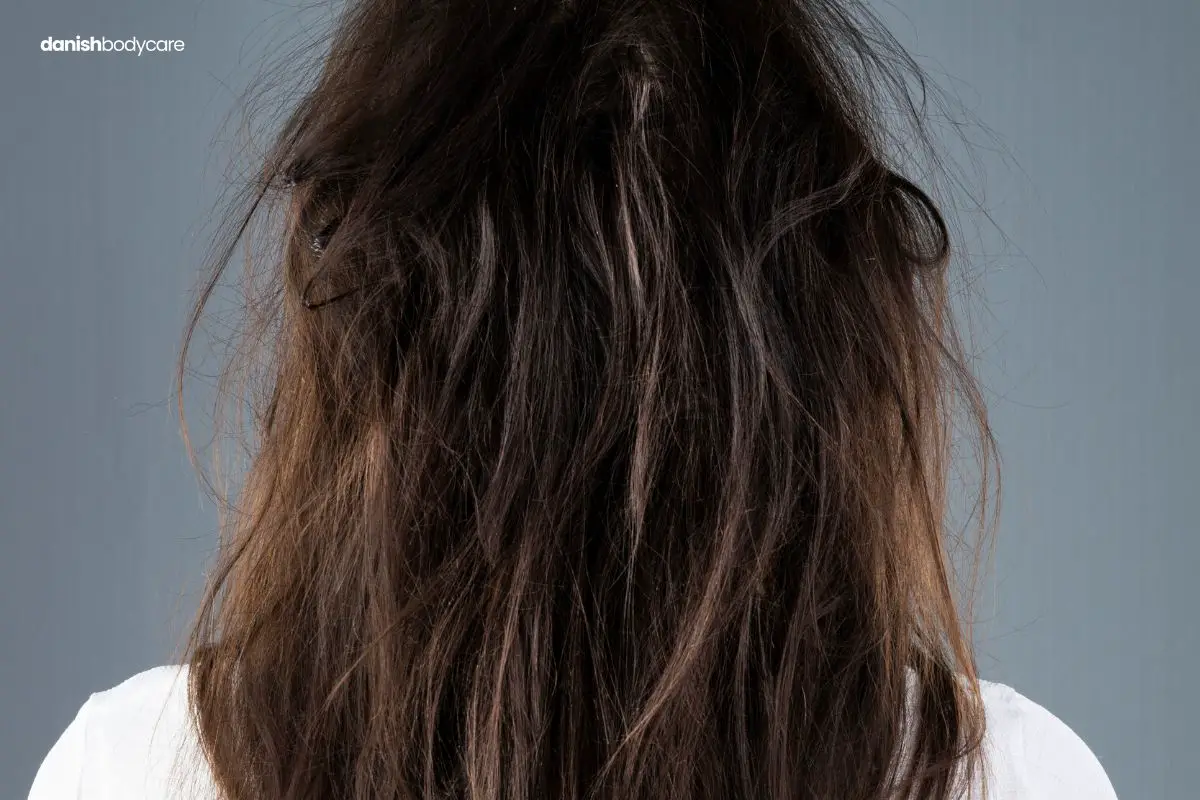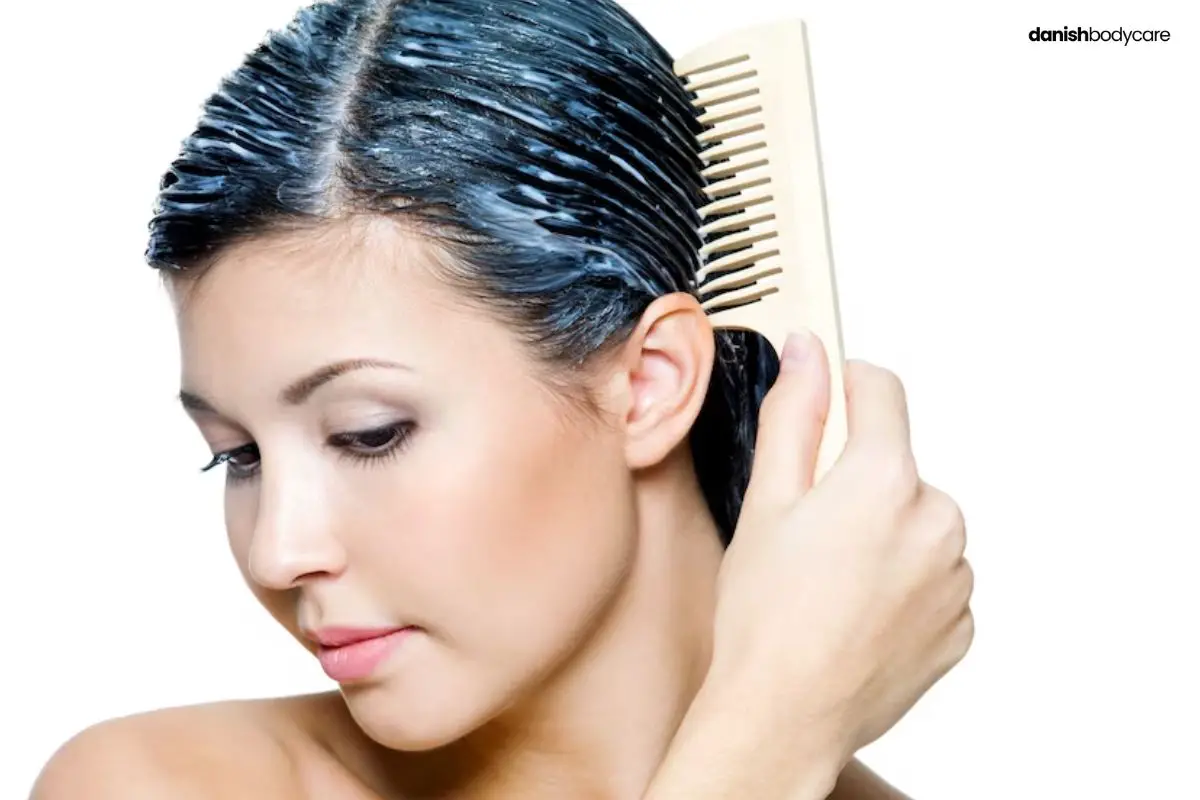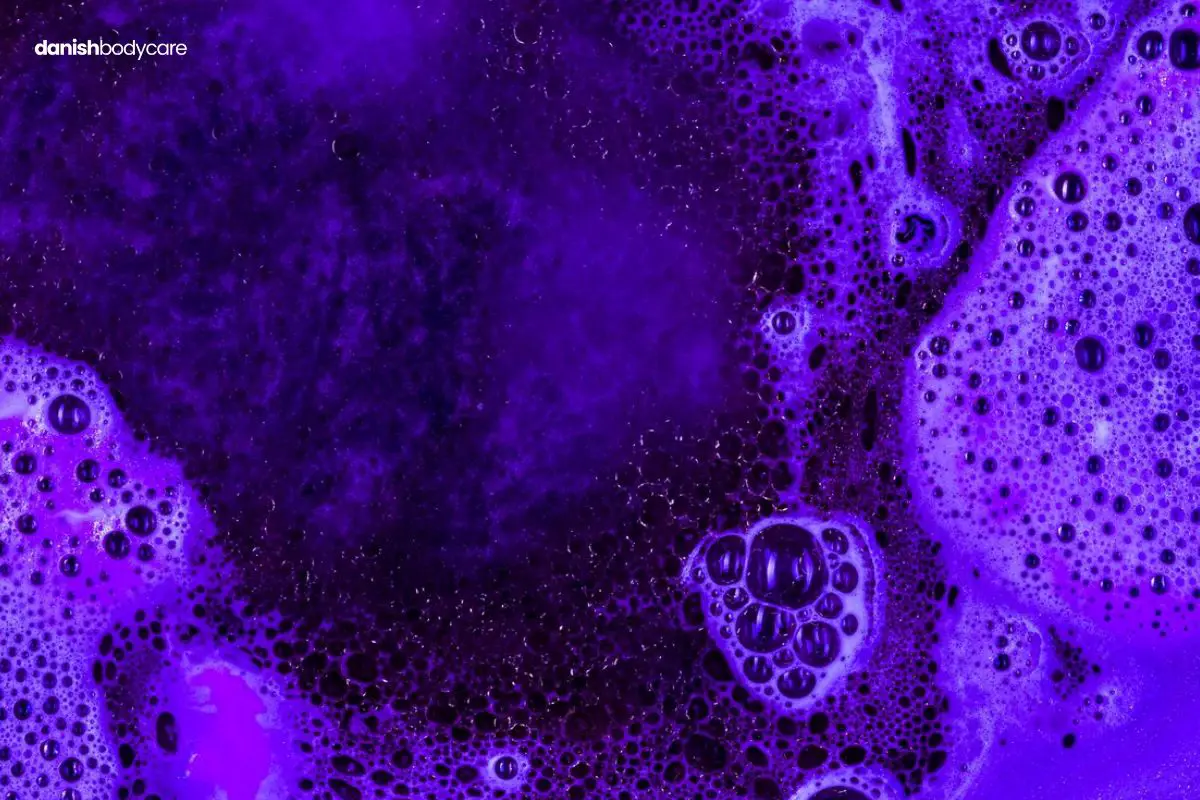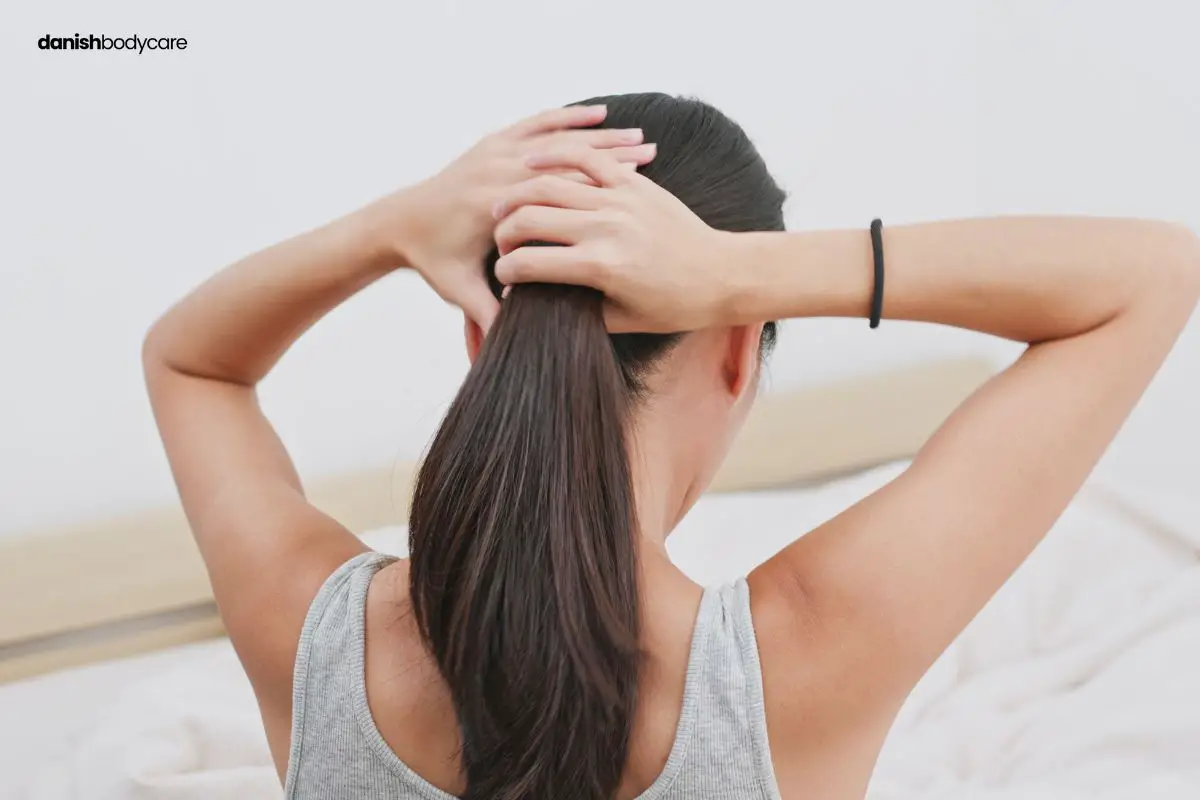Hair porosity refers to the hair’s ability to absorb and retain moisture. This type of hair absorbs more water but also loses more of it.
According to a recent study, approximately 30% of the population has high-porosity hair.
In this article, we will explore the causes and signs of high porosity hair. We also address the signs and effective solutions for managing and nourishing high-porosity hair.
Let’s help you achieve healthier and more manageable locks!
What Is High Porosity Hair?
High porosity hair is hair that absorbs moisture well, but also loses it fast. Water, oils, and other products can enter and exit your hair strands with ease. This hair type dries fast but is also prone to frizz and dryness.
Unlike low-porosity hair, high-porosity hair has a more open cuticle layer. This is often caused by damage from:
- Heat tools
- Chemical treatments
- Harsh environments
There is also normal (medium) porosity which is considered the norm. It has a balanced cuticle layer and absorbs and holds moisture more effectively.
| Feature | High Porosity Hair | Low Porosity Hair |
|---|---|---|
| Definition | Has gaps in the cuticle layer, allowing quick absorption and loss of moisture. | Has a tightly packed cuticle layer, making it difficult for moisture and chemicals to penetrate. |
| Characteristics | Absorbs moisture quickly but loses it fast. Prone to frizz and dryness and easily damaged by heat and chemicals. | Repels moisture and resists product absorption. Takes longer to wet and dry, and can be prone to product buildup. |
| Styling Challenges | Needs frequent deep conditioning and moisturizing. It requires protein treatments to strengthen the hair and benefits from leave-in conditioners and heavy products. | Requires lightweight, water-based products and takes longer to style. It should avoid heavy products to prevent buildup. |
| Recommended Products | Deep conditioning masks, moisturizing leave-in conditioners, hair oils, serums, and protein treatments. | Lightweight conditioners and leave-in sprays, clarifying shampoos, and light styling products and mousses. |
| Styling Techniques | Use finger detangling or wide-toothed combs. The moisturize and seal technique and diffusing or air-drying can help minimize frizz. | Use heat protectants, avoid heavy oils and butters, and apply products to damp hair for better absorption. |
What Causes High Porosity Hair?
High porosity hair can be the result of several factors, including both genetics and environmental factors. Let’s explore the main causes:
- Genetic factors
- Hair processing
- Bleaching
- Heat damage
- UV exposure
Genetic factors
Some people have high porosity hair due to their genetic makeup. In other words, if your parents or other family members have high-porosity hair, you might have it too.
Hair processing
Excessive hair treatments can lead to high porosity hair. Treatments include coloring, straightening, relaxing, or any chemical application. These processes can weaken your hair, making it more porous and susceptible to damage.
Bleaching
Bleaching your hair strips away its natural hue and weakens the hair shaft. This leads to high porosity hair.
Heat damage
Excessive use of heat tools (flat irons, curling wands, and hair dryers) can cause high porosity hair. The heat damages the structure of your hair cuticles.
UV exposure
Spending too much time in the sun without protection, like wearing a hat or using UV filters, can also lead to high porosity hair. UV rays can break down yo
Signs of High Porosity Hair
Here are the main high porosity hair characteristics:
- Quick water absorption
- Rapid moisture loss
- Frizz and flyaways
- Tangles and knots
- Dull appearance
- Difficulty holding styles
These can help you identify if you have high porosity hair and make appropriate adjustments to your hair care routine.
Quick Water Absorption
Your high porosity hair tends to absorb water fast. This makes it easier for your hair to become wet during washing or in humid environments.
Rapid Moisture Loss
Your hair has difficulty retaining moisture due to its high porosity. It can lose moisture fast, leaving your hair feeling dry and brittle. This is why high porosity hair also dries fast.
Frizz and Flyaways
High porosity hair is prone to frizz and flyaways. This is because your hair’s cuticles are open, making it more susceptible to environmental factors that cause frizz.
Tangles and Knots
The raised cuticles in high porosity hair can make it prone to tangling and knotting. The rough texture of your hair strands can with ease catch onto each other, leading to tangles.
Dull Appearance
Your high porosity hair may appear dull or lackluster due to the rough and open cuticles. These open cuticles prevent light reflection, which gives the hair a shiny appearance.
Difficulty Holding Styles
Styles, such as curls or waves, may not hold well in high-porosity hair. This is because your hair with ease loses moisture and the weakened structure of the strands.
Is High Porosity Good or Bad?
High porosity hair isn’t bad, but it does need extra care. Your hair can absorb and lose moisture with ease, making it more prone to dryness and breakage.
To manage it, you need to focus on maintaining moisture and protecting your hair from damage.
You can achieve this by using deep conditioning treatments and leave-in conditioners on a regular basis. , Also, avoid using harsh chemicals and heat styling tools. They can make your high-porosity hair weaker.
How to Test for High Hair Porosity
Follow these steps to test your hair porosity:
- Fill a clear glass with water
- Gently remove a strand of hair from your head
- Make sure your hair is clean and free of any products or build-up.
- Place the hair strand in the glass of water
- Observe how your hair behaves in the water
Here are the potential results:
- If it floats, you have low-porosity hair
- If it sinks slowly, your hair has medium porosity
- If it sinks right away, you have high-porosity hair
How to Care for High Porosity Hair
High Porosity hair is sometimes hard to tame. This can make you insecure about your appearance. Here are the 11 best solutions to repair it:
- Use a hydrating mask
- Use rich hair moisturizers
- Have a protein treatment
- Trim often
- Style less
- Use the LOC method
- Use a satin or silk pillow
- Shampoo less
- Use the right high porosity hair products
- Have a pre-poo treatment
- Use detangling products
1. Use a Hydrating Mask
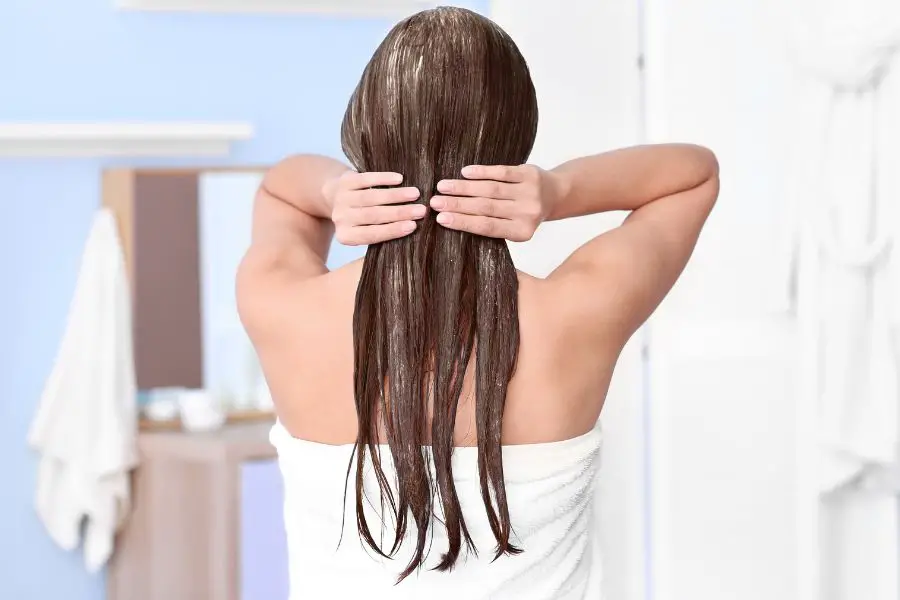
Incorporate a hydrating mask into your hair care routine. Look for masks with natural ingredients and apply them after shampooing.
Leave the mask on for about 15 minutes and then rinse it out with cool water.
2. Use Rich Hair Moisturizers

Choose hair moisturizers that are rich in nutrients. Look for products with shea butter or coconut oil, as these ingredients help lock in moisture.
Apply a moisturizer for high porosity hair to your damp hair and work through with your fingers to ensure even distribution.
3. Have a Protein Treatment
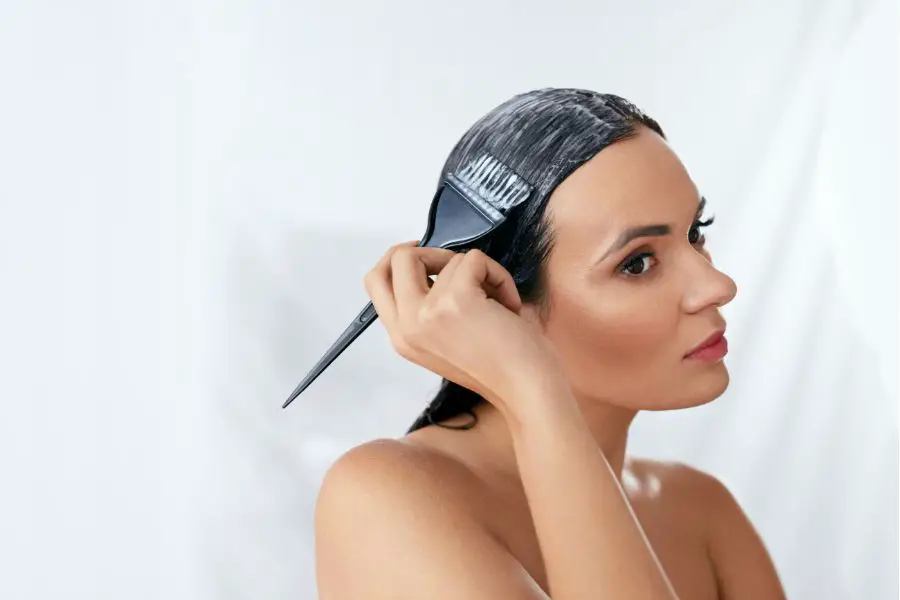
Use protein treatments for high porosity hair to strengthen and repair your hair. You can find protein treatments in the form of deep conditioners, hair masks, or leave-in conditioners.
Apply according to the product’s instructions, and be sure not to overuse protein, as this can make your hair brittle.
4. Trim Often
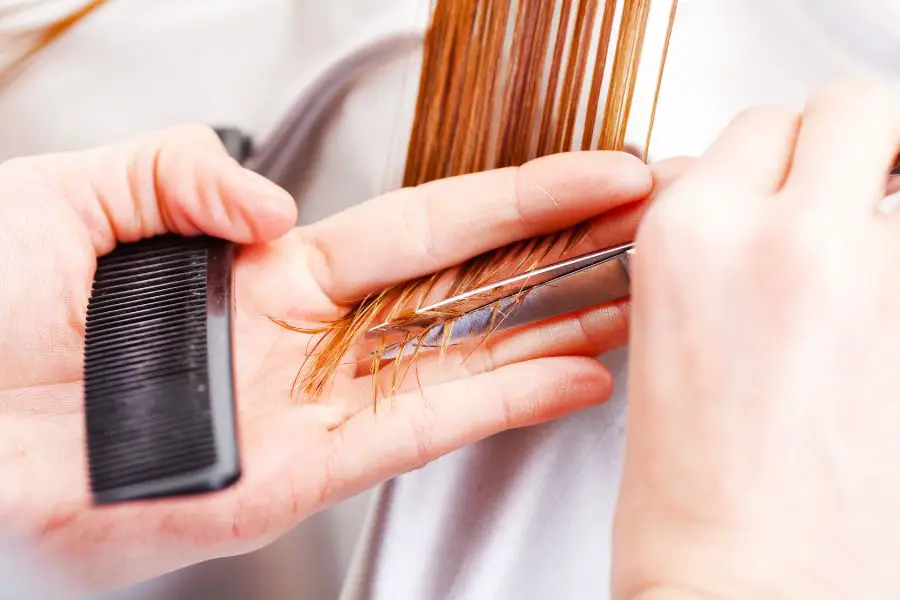
Get regular trims to cut split ends and maintain healthy hair. Trimming every 6-8 weeks can prevent hair from becoming more porous.
5. Style Less

Reduce the use of heat-styling tools, chemical treatments, and other damaging practices. Embrace your natural hair texture and opt for protective styles when possible.
6. Use the L.O.C Method
Follow the L.O.C. (Leave-in conditioner, Oil, Cream) method to seal in moisture.
Here are the steps you need to take:
- Apply a leave-in conditioner
- Add a light oil like coconut or jojoba
- Finish with a moisturizing cream
7. Use a Satin or Silk Pillow
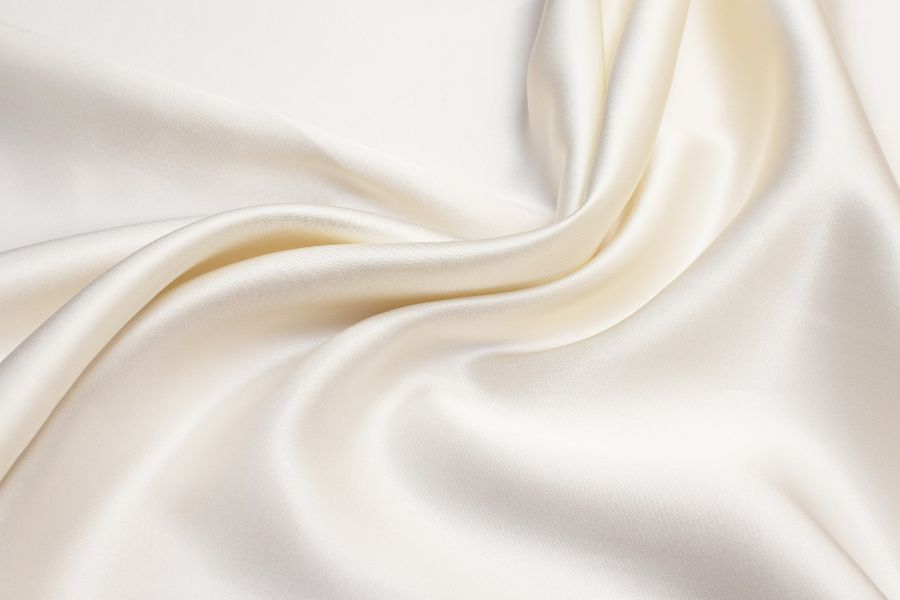
Swap out your cotton pillowcase for a satin or silk one to reduce friction and prevent hair breakage at night.
8. Shampoo Less

Shampoo less often to prevent stripping your hair of natural oils. When you do shampoo for high-porosity hair, use a sulfate-free one that doesn’t cause further damage to your hair.
9. Use the Right Products

Choose hair care products designed for high porosity hair. Look for shampoos, conditioners, and styling products that provide extra moisture and protein to your hair.
10. Have a Pre-poo Treatment
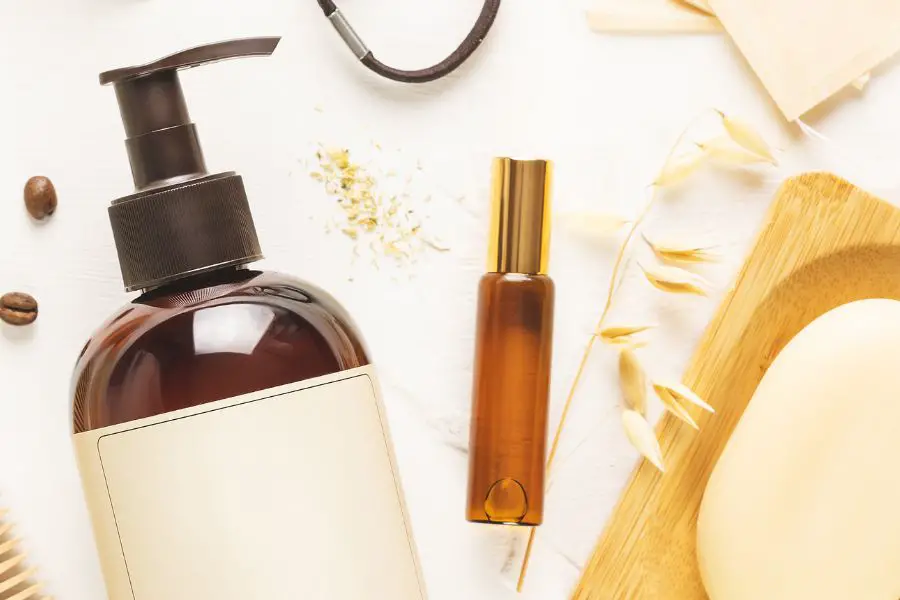
Before shampooing, apply a pre-poo treatment like oil or conditioner. This protects your hair from losing too much moisture during the wash process.
11. Use Detangling Products

Incorporate detangling products into your hair care regimen. Use a wide-tooth comb to remove tangles after applying a leave-in conditioner or detangling spray. This prevents breakage and maintains healthy, manageable hair.
Home Remedies for High Porosity Hair
If you choose to ditch commercial products, here is what to use instead:
- Coconut oil
- Apple cider vinegar
- Aloe Vera
- Avocado hair mask
- Olive oil
- Honey and yogurt mask
- Egg mask
Coconut Oil
Coconut oil is a great remedy for high porosity hair. Apply it on wash day as a detangler and pre-shampoo treatment. It helps reduce hair tangles and strengthen hair.
To use, warm up some coconut oil and massage it into your scalp and hair. Let it sit for about 15 minutes before shampooing.
Apple Cider Vinegar
Apple cider vinegar helps balance the pH of high porosity hair, making it easier to retain moisture.
Mix equal parts apple cider vinegar with lukewarm water and apply it after shampooing. Leave it in for a few minutes before rinsing with water.
Do this once a week to maintain healthy hair.
Aloe Vera
Aloe Vera is famous for promoting moisture retention and soothing the scalp. Apply aloe Vera gel to damp hair and massage it in. Leave it for a few minutes before rinsing it out.
Try the L.O.C method when using Aloe Vera by applying a leave-in conditioner, oil, and then a cream to seal in the moisture.
Avocado Hair Mask
An avocado hair mask is perfect for giving your high porosity hair the moisture it needs.
Mash an avocado and mix it with some olive oil. Apply the mask to your damp hair and let it sit for 20-30 minutes.
Rinse it out with lukewarm water, and enjoy the softer, more moisturized hair.
Olive Oil
Olive oil is a great addition to your hair care routine. Warm up some olive oil and massage it into your hair and scalp. Leave it in for 15-20 minutes before washing it out.
Olive oil helps reduce tension and breakage, promoting healthier hair growth.
Honey and Yogurt Mask
A honey and yogurt hair mask can provide deep hydration and strengthen your hair.
Mix equal parts honey and yogurt, and apply it to damp hair. Leave the mixture on for 20-30 minutes before rinsing it out.
This mask will work wonders on high porosity hair, leaving it soft and tangle-free.
Egg Mask
An egg mask is a powerful source of protein, which is essential for high porosity hair.
Beat an egg and apply it to your hair, focusing on the ends. Rinse with cold water to avoid cooking the egg in your hair.
Include an egg mask as a bi-weekly treatment to maintain healthy high porosity hair.
What To Avoid With High Porosity Hair
High porosity hair needs some extra care, so here are key things you should avoid to keep your hair healthy:
- Overwashing
- Harsh shampoos
- Excessive heat styling
- Rough towel drying
- Brushing or combing when wet
- Chemical treatments
Overwashing
Washing too often can strip your hair of its natural oils, leaving it dry and prone to damage.
Harsh shampoos
Sulfates in shampoo can be rough on your hair, so opt for gentler, sulfate-free alternatives.
Excessive heat styling
Try to minimize the use of heat on your hair, as it can weaken the hair shaft and cause breakage.
Rough towel drying
Instead, use a microfiber towel or a soft T-shirt to gently squeeze the excess water out of your hair.
Brushing or combing when wet
Wait until your hair is slightly damp before detangling to prevent breakage.
Chemical treatments
Bleaching or perming can further damage high porosity hair, so try to avoid them.
Protect your hair from sun exposure, chlorine in swimming pools, and alcohol-based hair products.
Avoid tight hairstyles that cause tension, use lukewarm water for washing and rinsing, and sleep on satin or silk pillowcases to reduce friction.
Be cautious with hair dyes or harsh color treatments, and prioritize regular deep conditioning treatments. Steer clear of products with heavy oils or butters that can weigh your hair down.
Frequently Asked Questions
Will changing my diet improve the condition of my high porosity hair?
Yes, changing your diet can affect the health of your high porosity hair. Consuming foods rich in proteins, vitamins, and healthy fats can contribute to stronger hair. Include plenty of fruits, vegetables, lean protein, and whole grains in your daily meals.
Can I use color treatments on high porosity hair?
You can use color treatments on high porosity hair, but it’s essential to be cautious and well-prepared to avoid further damage. High porosity hair is more fragile due to its open cuticle layer. It’s critical to choose mild, ammonia-free color treatments.
Is high porosity hair more susceptible to environmental damage?
Yes, high porosity hair is more susceptible to environmental damage due to its open cuticle structure. This means it can absorb pollutants and chemicals present in the air, water, and various products.

